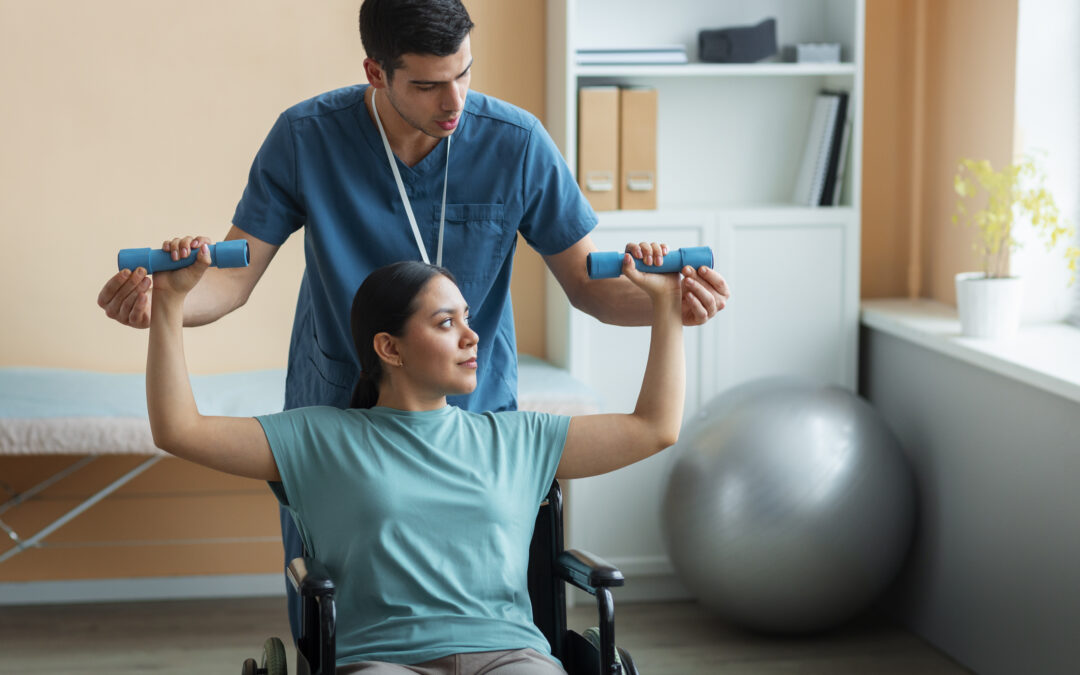Have you or someone close to you suffered from a neurological injury, chronic pain, or undergone surgery? If so, then you are aware of the frustration and difficulty in restoring mobility. Neuromuscular re-education (NMR) is a technique that can help individuals regain their strength, flexibility, and coordination by retraining the muscles and nerves to work together effectively. In this blog post, we will explore what NMR is, how it works, and the benefits it can provide. We will also discuss how it complements other forms of therapy like physical and occupational therapy. Whether you are looking to recover from an injury or just want to improve your overall mobility, NMR can help. Join us in this journey towards restoring your independence with neuromuscular re-education.
Understanding Neuromuscular Re-education
Techniques and exercises employed in neuromuscular re-education enhance range of motion, improve coordination and posture, and ultimately restore mobility and quality of life. The central nervous system plays a crucial role in this process. Manual therapy is often used in conjunction with neuromuscular re-education to optimize outcomes. By understanding these fundamentals, individuals in Overland Park and beyond can benefit from this approach to health care, whether they are seeking relief from conditions like Parkinson’s disease or simply looking to improve their overall well-being.
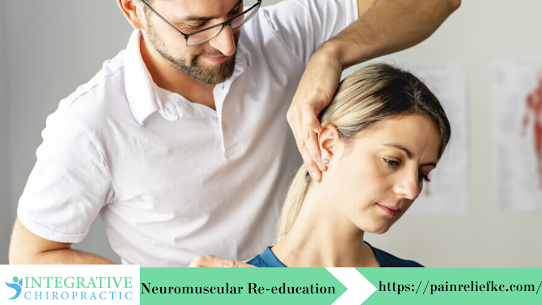
Concept and Goals of Neuromuscular Re-education
Neuromuscular re-education aims to enhance muscle control and function by retraining the brain and muscles. It incorporates therapeutic exercises to help patients regain independence in their daily tasks. The concept of neuromuscular re-education focuses on neuroplasticity, which involves rewiring the brain. By utilizing this approach, individuals can improve their mobility and restore their physical capabilities. With the goal of restoring function and promoting overall well-being, neuromuscular re-education is a valuable component of comprehensive healthcare.
The Role of the Central Nervous System in Neuromuscular Re-education
The central nervous system plays a pivotal role in coordinating muscle movements and controlling motor skills. When it comes to neuromuscular re-education, the focus is on targeting the brain’s ability to relearn movement patterns. Through repetition and practice, the central nervous system adapts and learns, stimulating neuroplasticity in the brain. Rehabilitation techniques used in neuromuscular re-education help in reestablishing neural connections, facilitating the restoration of mobility and functionality.
Conditions That Benefit from Neuromuscular Re-education
Neuromuscular re-education in Overland Park offers numerous benefits for individuals with various conditions. One such group includes those who have experienced stroke or brain injuries, as neuromuscular re-education can help improve their muscle control and function. Additionally, individuals with chronic pain conditions can find relief through the techniques used in neuromuscular re-education. Post-surgical rehabilitation often incorporates neuromuscular re-education to aid in the recovery process. Furthermore, neurological disorders, including Parkinson’s disease, can be improved by utilizing neuromuscular re-education techniques.
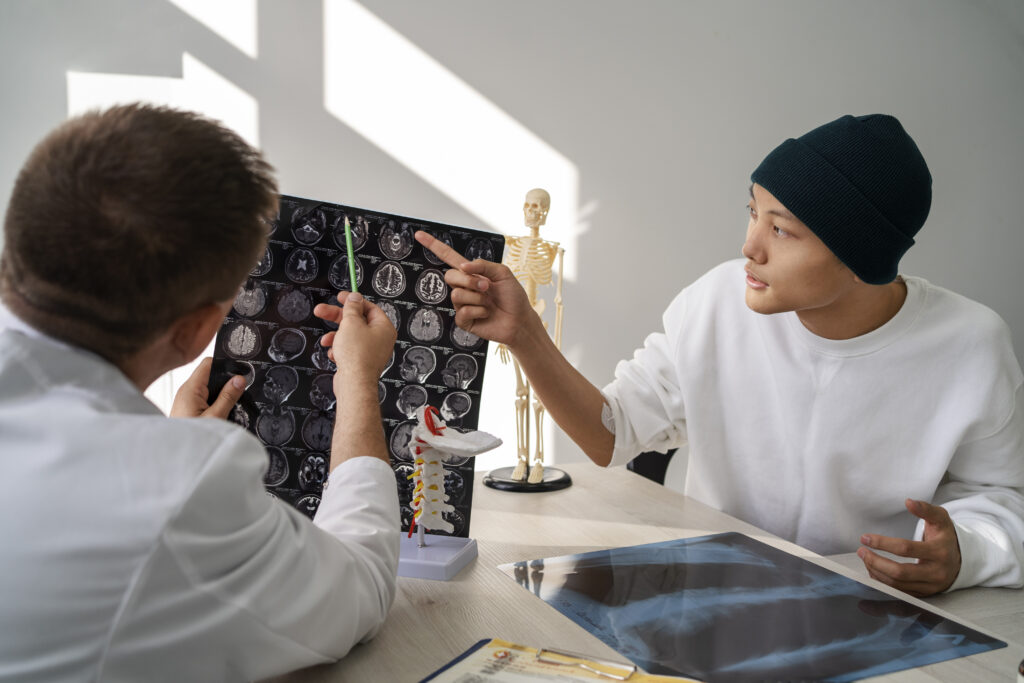
Stroke and Brain Injuries
Neuromuscular re-education plays a crucial role in aiding the recovery of individuals who have experienced a stroke or brain injury. By targeting motor skills affected by these conditions, this technique helps patients regain their mobility and restore fine motor skills. Gait training, an essential component of neuromuscular re-education, focuses on improving coordination and balance for stroke patients. With its ability to assist in functional recovery, this approach is beneficial for brain injury patients as well. The techniques used in neuromuscular re-education contribute to restoring independence and enhancing overall quality of life.
Chronic Pain Conditions
Neuromuscular re-education offers relief for chronic pain caused by musculoskeletal issues, addressing the underlying causes and reducing associated discomfort. Therapeutic exercises help manage and alleviate pain from chronic conditions, while improved posture achieved through neuromuscular re-education can alleviate chronic back pain. This approach also equips patients with coping mechanisms to better manage their chronic pain. With its effectiveness in targeting chronic pain, neuromuscular re-education is a valuable tool in restoring mobility and enhancing overall well-being.
Post-Surgical Rehabilitation
Recovering from a surgical procedure can be a challenging process, but neuromuscular re-education can significantly accelerate the recovery journey. Through targeted rehabilitation exercises, this therapy promotes healing, reduces scar tissue, and helps regain strength and endurance after surgery. Additionally, by focusing on fine motor skills, neuromuscular re-education aids in regaining dexterity and mobility. This comprehensive approach enhances post-surgical functionality, enabling individuals to regain their independence and restore their quality of life.
How Neuromuscular Re-education Works
Neuromuscular re-education works by focusing on retraining the brain and muscles, utilizing techniques that stimulate neuroplasticity in the brain. Patient participation is crucial for its success, as it relies on the human body’s ability to adapt and learn. By creating a personalized plan of care, neuromuscular re-education aims to restore mobility and function. This approach to rehabilitation offers hope for individuals seeking relief from conditions such as chronic pain or mobility impairment.
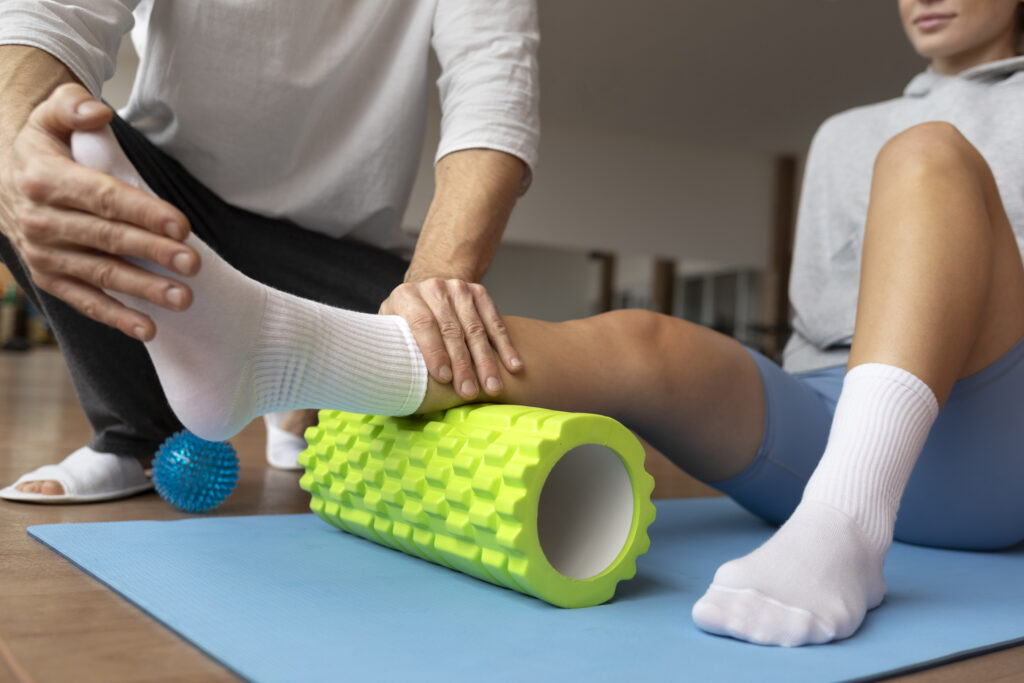
Techniques and Exercises Used in Neuromuscular Re-education
Neuromuscular re-education incorporates a wide range of techniques and exercises tailored to individual needs. Manual therapy techniques play a crucial role in this process, helping to restore proper muscle function and mobility. Additionally, electrical stimulation is utilized as a modality to enhance muscle activation and promote neuromuscular retraining. Ultrasound therapy is another valuable tool that can aid in the process of neuromuscular re-education. By combining these various techniques, individuals can achieve optimal results in restoring their mobility and functionality.
The Importance of Patient Participation
Active patient engagement is paramount for successful neuromuscular re-education. Patients actively contribute to their rehabilitation through this process, ensuring better outcomes. Consistent practice and adherence to the treatment plan greatly enhance the effectiveness of neuromuscular re-education. Valuable patient feedback aids in adjusting and refining the program, while motivation and dedication play a significant role in achieving positive results. By actively participating in their own care, patients empower themselves and restore mobility with neuromuscular re-education.
The Process of Neuromuscular Re-education
Evaluation and a personalized treatment plan are integral to the process of neuromuscular re-education. Targeted exercises are designed to improve range of motion and coordination. Therapeutic techniques such as manual therapy and electrical stimulation are utilized to enhance the effectiveness of the treatment. Regular progress monitoring allows for adjustments as needed, ensuring optimal outcomes. This comprehensive approach addresses neurological disorders, promoting mobility and restoring function.
Initial Assessment and Treatment Planning
During the initial assessment and treatment planning phase, our team conducts a detailed evaluation of your mobility and functional limitations. This helps us identify your specific goals for therapy and develop a personalized plan of care tailored to your needs. We take into consideration your daily tasks and challenges to ensure that the treatment plan addresses your individual requirements. Additionally, we collaborate with other healthcare professionals, if necessary, to provide you with comprehensive and holistic care.
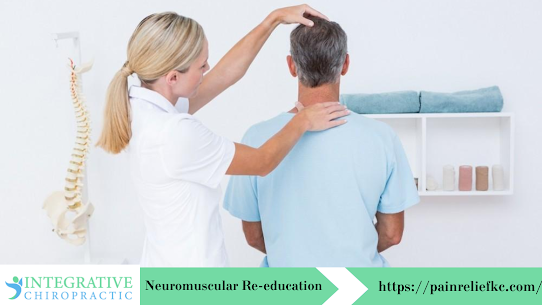
Progress Monitoring and Adjustments
Throughout the neuromuscular re-education process, progress monitoring and adjustments are essential for ensuring optimal outcomes. Ongoing evaluation of treatment effectiveness allows for continuous assessment of the patient’s response to therapy. Based on this evaluation, exercises and techniques can be modified to further enhance progress. Additionally, regular communication between the therapist and patient facilitates the exchange of information and enables any necessary adjustments to the plan of care. Reassessment of goals and objectives is crucial to ensure that therapy remains aligned with the patient’s needs, and the flexibility to adapt the plan of care as needed ensures that the treatment remains effective and personalized.
The Benefits of Neuromuscular Re-education
Neuromuscular re-education offers a range of benefits for individuals with neurological conditions. It improves function and mobility, allowing them to carry out daily life activities more easily. The therapy also helps in the reduction and management of pain associated with these conditions. By restoring mobility and reducing pain, neuromuscular re-education enhances the quality of life of individuals, promoting increased independence. Additionally, it complements other therapies for comprehensive rehabilitation and addresses the unique needs of those with neurological disorders.
Improved Function and Mobility
Restoration of movement patterns and coordination is a key goal of neuromuscular re-education. By enhancing balance and stability, individuals can experience improved mobility. Strengthening muscles also plays a crucial role in increasing endurance and physical abilities. Gait training is another important aspect, optimizing walking and posture. Additionally, this therapy offers assistance with the use of assistive devices like crutches or walkers. With these techniques, individuals can regain their function and mobility, leading to a better quality of life.
Pain Reduction and Management
Our approach to pain reduction and management involves targeted techniques that specifically address your discomfort. Through modalities such as ultrasound or electrical stimulation, we aim to alleviate your pain and promote healing. Utilizing neuromuscular re-education, we also delve deeper to identify and address the underlying causes of your pain. Additionally, we collaborate with other healthcare professionals to develop comprehensive strategies for pain management in your daily life activities. Your well-being is our priority.

Enhanced Quality of Life
Enhanced Quality of Life with Neuromuscular Re-education in Overland Park: Restoring Mobility
Neuromuscular re-education plays a vital role in restoring independence and enabling individuals to perform daily tasks. By improving mobility, it enhances their ability to participate in various activities and hobbies, ultimately leading to an increased sense of confidence and self-esteem. Furthermore, this therapy reduces dependency on assistive devices or braces, promoting overall well-being through physical and emotional improvement. With a focus on overland park, massage, physical therapist, shawnee, chiropractic, olathe, health care, parkinson’s disease, and canes, neuromuscular re-education offers a comprehensive approach to enhancing the quality of life for individuals seeking to regain their mobility and improve their overall well-being.
How Does Neuromuscular Re-education Complement Other Therapies?
Neuromuscular re-education complements other therapies by collaborating with physical therapy to address physical impairments, integrating with occupational therapy for fine motor skills and daily tasks, and offering a coordinated treatment approach for individuals with neurological disorders. This maximizes the benefits of multiple therapy modalities and provides a comprehensive care plan for holistic rehabilitation.
Pairing with Physical Therapy
Neuromuscular re-education and physical therapy work hand in hand to address physical impairments such as muscle weakness or limited range of motion. By incorporating therapeutic exercises, strength and endurance can be improved. The techniques of neuromuscular re-education are seamlessly integrated into the physical therapy plan of care to enhance overall physical function and mobility. Through joint efforts, these complementary therapies aim to restore mobility and help individuals regain their independence and quality of life.
Integration with Occupational Therapy
Integration with Occupational Therapy involves a collaborative treatment approach between neuromuscular re-education and occupational therapy. The focus is on fine motor skills and daily tasks necessary for independent living. Challenges related to dressing, grooming, and other activities of daily living are addressed. Neuromuscular re-education techniques are incorporated within the occupational therapy plan of care to provide comprehensive rehabilitation for individuals with neurological conditions. This integration ensures a holistic approach to regain mobility and improve overall quality of life.

Can Neuromuscular Re-education Help You Regain Your Mobility?
Neuromuscular re-education can be beneficial for regaining mobility by improving range of motion, coordination, and fine motor skills. Physical therapy services offer targeted exercises to enhance quality of life, while occupational therapy incorporates neuromuscular re-education into daily tasks and activities. It can also assist with gait training for those with mobility challenges.
Conclusion
In conclusion, neuromuscular re-education is a highly effective approach to restoring mobility and function in individuals with various conditions. By targeting the central nervous system and utilizing specific techniques and exercises, this therapy helps improve muscle control, coordination, and overall movement patterns. Whether you’re recovering from a stroke or brain injury, dealing with chronic pain, or rehabilitating after surgery, neuromuscular re-education can play a crucial role in your rehabilitation journey. The benefits go beyond just physical improvements, as it also contributes to pain reduction and enhanced quality of life. Additionally, integrating neuromuscular re-education with other therapies such as physical and occupational therapy can further optimize outcomes. If you’re looking to regain your mobility and improve your overall function, neuromuscular re-education may be the answer you’ve been searching for.

